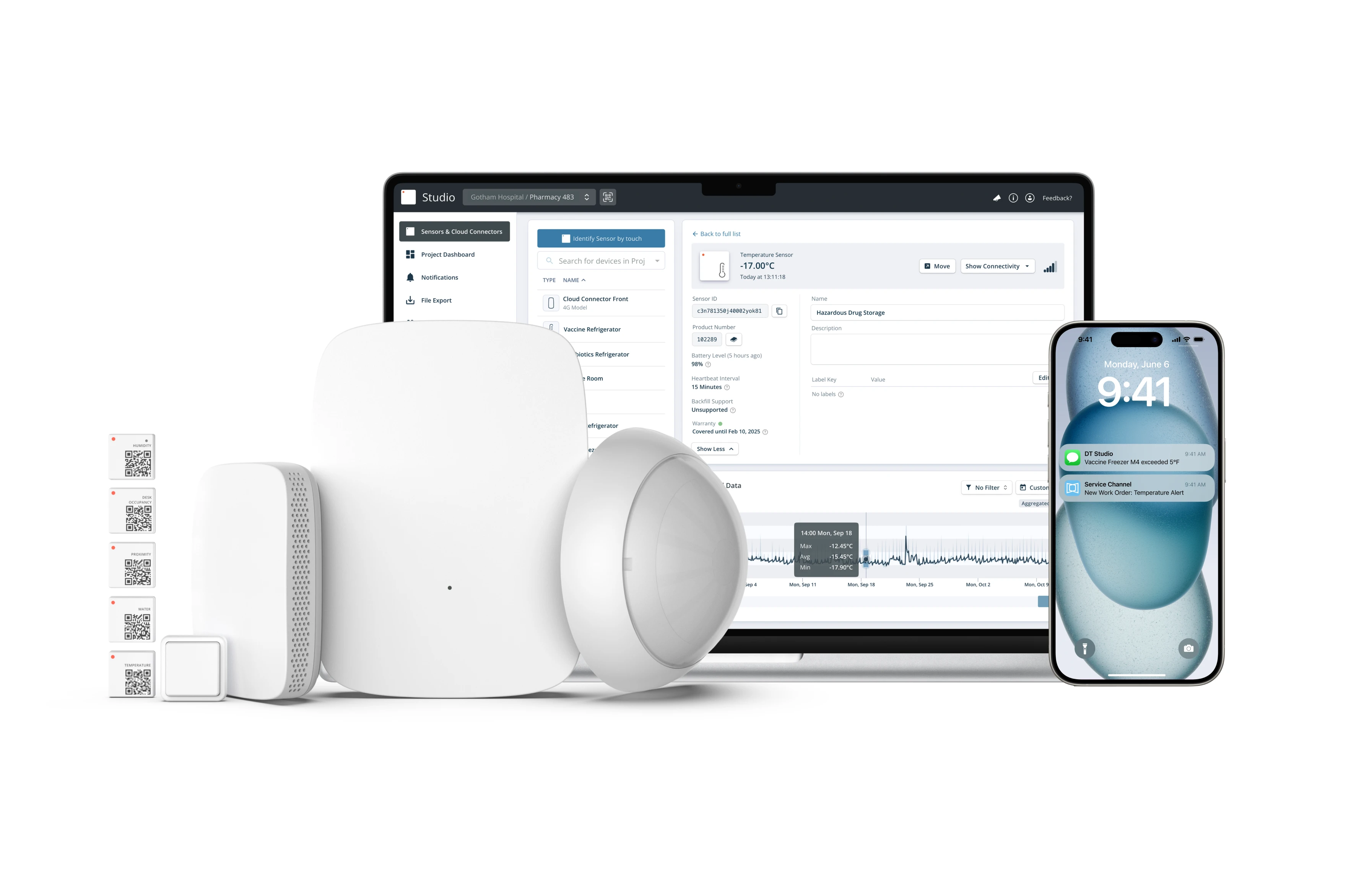Integrating Sensor Data with Building Management System (BMS) for Improved Efficiency

In the battle to optimize energy consumption in buildings, facilities managers have turned to Building Management Systems (BMS) as one of their greatest assets.
BMS became popular in the recent wave of smart building design. Their core function is to automate and regulate major mechanical and electrical systems to be as energy-efficient as possible.
Since their emergence, there can be no arguing that buildings that employ BMS have generally been more energy-efficient than those that don’t. One estimation suggests that a functional BMS is expected to deliver 15-20% in energy efficiency savings.
As impressive as those numbers are, they can actually be counter-productive to reaching optimal energy efficiency. Energy consumption can in fact be reduced by as much as 50% when data gathered from smart monitoring systems is used in maximum effectiveness.
3 Limitations of Building Management Systems (BMS)
For those who employ a BMS, it is easy to get lulled in a false sense of security that they are doing all they can. But that is almost never the case. Improperly configured building management systems result in 20% of unnecessary building energy usage.
Even in buildings where the BMS is properly configured, they often aren’t enough to bring about optimal energy efficiency. That’s because there are inherent limitations with BMS.
1. Building Management Systems (BMS) are costly to deploy
One of the biggest limitations of BMS is getting it installed in the first place. The cost to implement a BMS has been estimated to be between $2.50 and $7.00 per square foot. This is one of the biggest reasons the technology is not more widespread.
As it stands right now, too many owners and facilities managers aren’t seeing the ROI to convince them to go with a BMS in their facility.
2. Building Management Systems (BMS) can’t cover the smaller equipment and systems effectively
Currently, most BMS are deployed in very large buildings (more than 100,000 square feet) and are dedicated to regulating the big energy consumers such as the building’s HVAC and lighting systems.
But what about all the other equipment and systems that make up a building’s energy and resource consumption?
A typical BMS cannot detect and track occupancy trends or water consumption levels. Nor can it detect extreme temperature fluctuations that can cause costly and inconvenient repairs to the building’s internal infrastructure.
3. A BMS is not easily scalable
Today’s office buildings are in a state of flux. Coming out of the pandemic-related lockdown where people mostly worked from home, many organizations are now looking to reconsider the layout and space in their physical offices.
BMS systems are inflexible, so adapting to significant change is not going to be easy. Similarly, they are notorious for their lack of interoperability. Any disparate systems that are introduced may not integrate easily with an existing BMS.
3 Ways Sensor Data Complements Building Management System (BMS) Data

The best way to get the most out of BMS is to deploy sensors, which add another dimension to data gathering in the building.
1. Sensor collect more data
IoT sensors can gather a vast array of data, including asset temperature, occupancy, open doors and windows, humidity, and water. Because each of these sensors is designed for a certain purpose, they can be deployed in a targeted fashion to collect data that would otherwise be missed by a Building Management System.
2. Sensors are easy, affordable, and scalable
Sensors are the ideal complement to a BMS because of their ease of use and affordability. Most wireless sensors offer a fast, easy, and cost-effective way to build on existing BMS infrastructure in minutes.
Let’s take Disruptive Technologies tiny wireless sensors as an example.
They operate through wireless technology, are easily installed with adhesive, and have a battery life of up to 15-years. This makes them ideal as a complementary technology to any BMS. It allows facilities managers to collect significantly more data than they would with a BMS alone and it can be done quickly without the need for an expensive and time-consuming retrofit.
Simply peel and stick the tiny (size of a stamp) sensors to anywhere in the facility where data gaps exist with the current BMS.
3. Sensors can be easily tailored to fill in BMS gaps
We know that a BMS is used to automate a building’s major systems, but that doesn’t necessarily mean it’s doing so with optimal efficiency. The BMS may be setting the lights and HVAC to power down at certain times, but is that based on real data or assumptions about usage?
Occupancy sensors, for example, can tell when a common room is unoccupied and can be further integrated into the BMS system to automate the powering off of lights when no one is around. Data from sensors gathered over time can also reveal occupancy trends which can lead to data-driven decision-making towards optimizing energy consumption.
All of these examples are potential gold mines of cost savings that can’t be realized through a BMS system alone.
Bottomline
A BMS has proven to be an effective way for facilities managers to reduce energy consumption and their building’s carbon footprint. Sensors are an excellent complement to any BMS by enabling more comprehensive data gathering that provides even deeper insights into energy and resource consumption.
By leveraging both technologies together, facilities managers can truly maximize energy efficiency and sustainability gains.

Data for Energy Optimization
Get Started


.png)


